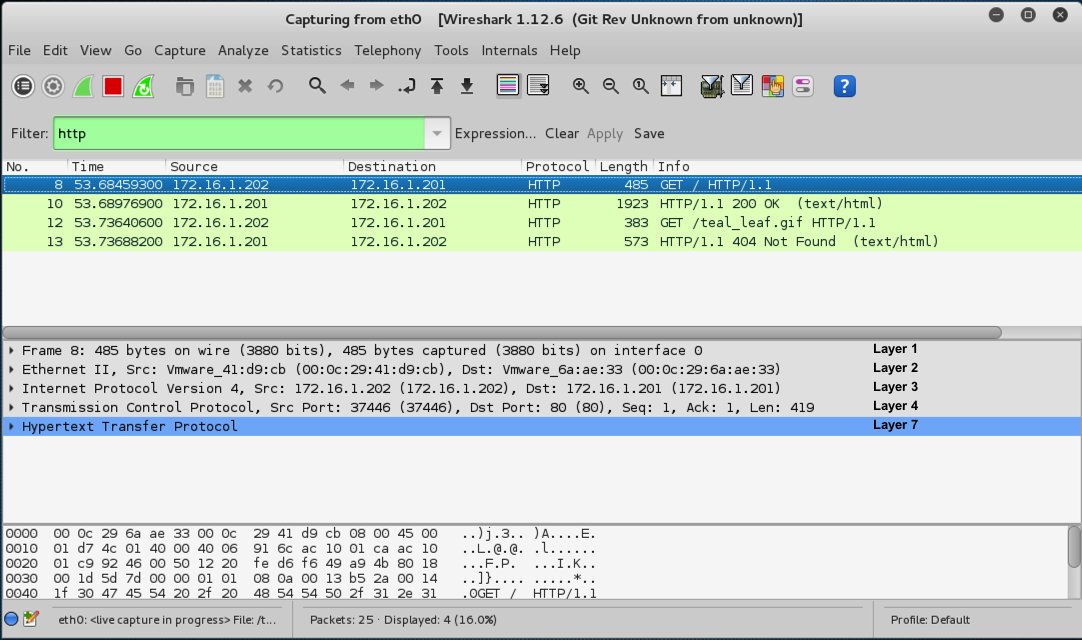

Windows An圜onnect - C:\ProgramData\Cisco\Cisco An圜onnect Secure Mobility Client\Umbrella\data\force_transparent.flag.Alternatively, create the following file, depending on your OS and version of the roaming client:

In some cases Umbrella support may request that you disable DNS encryption to see the DNS traffic between the Roaming Client and Umbrella cloud. This can help to better understand the capture filter you created.In normal circumstances the traffic between the Roaming Client and Umbrella is encrypted and not human readable. Manage Interfaces opens the Figure 4.6, “The “Manage Interfaces” dialog box” where pipes can be defined, local interfaces scanned or hidden, or remote interfaces added.Ĭompile Selected BPFs opens Figure 4.7, “The “Compiled Filter Output” dialog box”, which shows you the compiled bytecode for your capture filter. “Capture filter for selected interfaces” can be used to set a filter for more than one interface at the same time. If “Enable promiscuous mode on all interfaces” is enabled, the individual promiscuous mode settings above will be overridden. Hovering over an interface or expanding it will show any associated IPv4 and IPv6 addresses. See Section 4.10, “Filtering while capturing” for more details about capture filters. You can edit the filter by double-clicking on it. The capture filter applied to this interface. Note that enabling this might disconnect you from your wireless network. Support depends on the interface type, hardware, driver, and OS. Lets you capture full, raw 802.11 headers. You can increase or decrease this as needed, but the default is usually sufficient. The size of the kernel buffer that is reserved for capturing packets.

You can set an explicit length if needed, e.g., for performance or privacy reasons. The snapshot length, or the number of bytes to capture for each packet. Note that another application might override this setting. Lets you put this interface in promiscuous mode while capturing. See Section 4.9, “Link-layer header type” for more details. In some cases it is possible to change this. The type of packet captured by this interface. TrafficĪ sparkline showing network activity over time. This will be indicated by a configuration iconĬlicking on the icon will show the configuration dialog for that interface. Some interfaces allow or require configuration prior to capture.


 0 kommentar(er)
0 kommentar(er)
